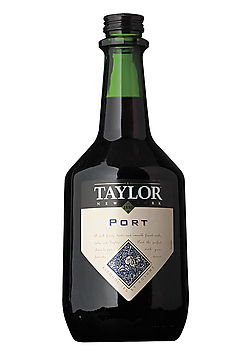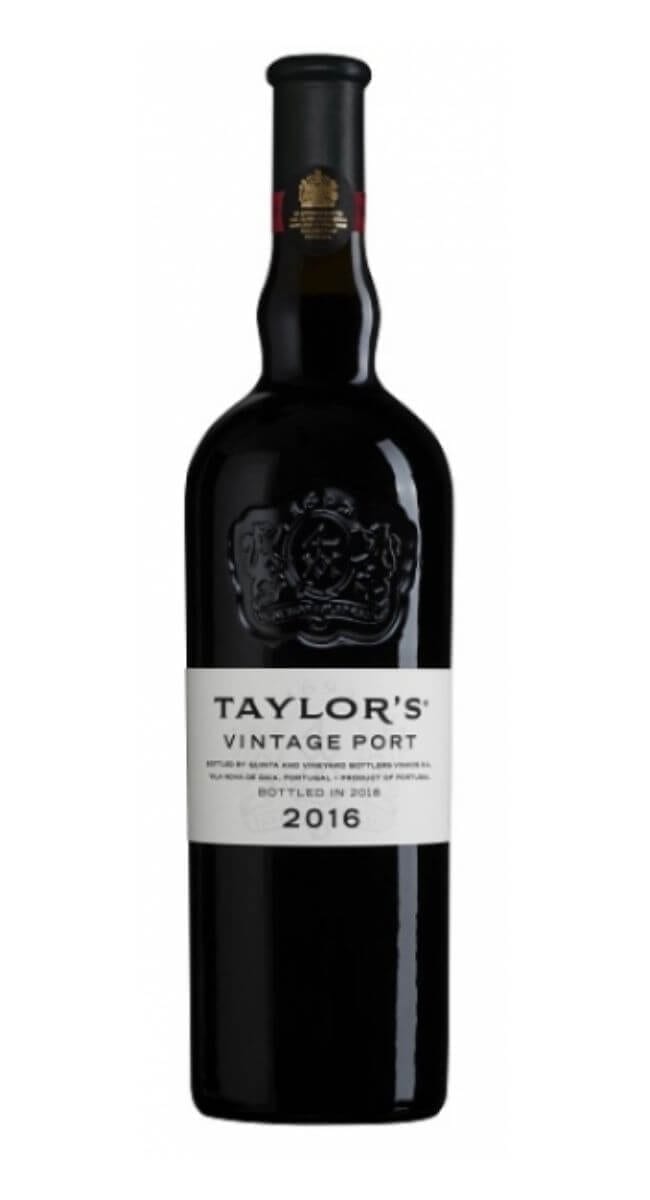


Touriga Nacional – blueberry, vanilla, high in tannins.Touriga Franca – raspberry, cinnamon, floral.White Grapes include Rabigat, Viosinho, Malvasia, Gouveio. While Tawny and Ruby port are both made from red grapes.Įach bottle of port contains several different types of grape and may even be from several different vineyards! (Around 30!) Each contributes a slightly different flavor to the wine. There are several varieties of these port grapes. Since the port is only from one area of Portugal, there are only specific grape varieties that can be used to make it! This allows innumerable combinations of yields to create complex and exciting port wines for us! The Grapes
TAYLOR PORT WINE FULL
Most soil comes from the river banks and is full of fine soil or slate-like rock.īut the altitude, wind exposure, sun exposure, and access to water all differ. Douro Superior: along the border of Spain, has the hottest and driest climate of all, creates Vintage ports.Cima Corgo: to the east, has a drier climate, contains the finest vineyards, creates concentrated and long-lasting wines.Baixo Corgo: to the west, has the highest rainfall, produces the highest yielding vines, creates light young ports.The terroir and climate of Douro Valley are incredibly diverse. (I know, you would think France was first, but no! Long live port!) Terroir In 1756 the Douro Valley became the world’s first wine appellation when the Portuguese government officially set its geographical boundaries.

And it is port’s main shipping city to this day! Porto is the city at the base of the Douro River where the first ships carrying port casks to England set sail in 1658. In fact, it is sometimes labeled “Porto” on the bottle. Other places may claim to make port wines, but real genuine port only comes from this area. Port comes from the Douro Valley of Portugal. When you go shopping in your local store, make sure which port you want: Ruby or Tawny! Where does Port come from? Some ports are aged in a variety of forms so their character entirely changes. But it can be paired with entrees as well. This makes the wine sweeter with higher residual sugar levels and dried fruit flavours.īecause of this sweetness, the port is often served as a dessert wine. In fact, it is the world’s most popular fortified wine.įortifying wine involves adding some additional alcohol during the fermenting process.
TAYLOR PORT WINE SERIES
The Historic Limited Edition series will continue in future with further releases of bottles inspired by the classic bottle shapes of the past.įor each of the historic bottles in the series, Taylor Fladgate’s skilled blenders have created a wood aged Reserve Port drawn from the company’s extensive reserves and matured in oak casks in its ‘lodges’ in Oporto. It represents the transition from the early ‘onion’ bottle to the straight sided ‘cylinder’ shape, similar to that of modern bottles, which emerged from around 1750. The most recent addition to the series is a bottle moulded in the distinctive ‘mallet’ shape which had become well established in England by the 1730s. Next to be released was a bottle modelled on the ‘flat chestnut’ flagons manufactured in England from about 1715 to 1740. The first limited release in the series, launched in 2017 to commemorate Taylor Fladgate’s 325th anniversary, was a bottle inspired by the bulbous ‘onion’ shape which prevailed around the time of the company’s foundation in 1692. The Historic Limited Edition series represents different stages in this evolution. It gradually evolved from the squat globular form of early glass vessels, used to convey wine from the wine merchant’s cask to the consumer’s table, into the tall cylindrical shape of today’s bottles in which wine can be cellared and aged. Throughout the 17th and 18th centuries the shape of the wine bottle was in continuous development.


 0 kommentar(er)
0 kommentar(er)
